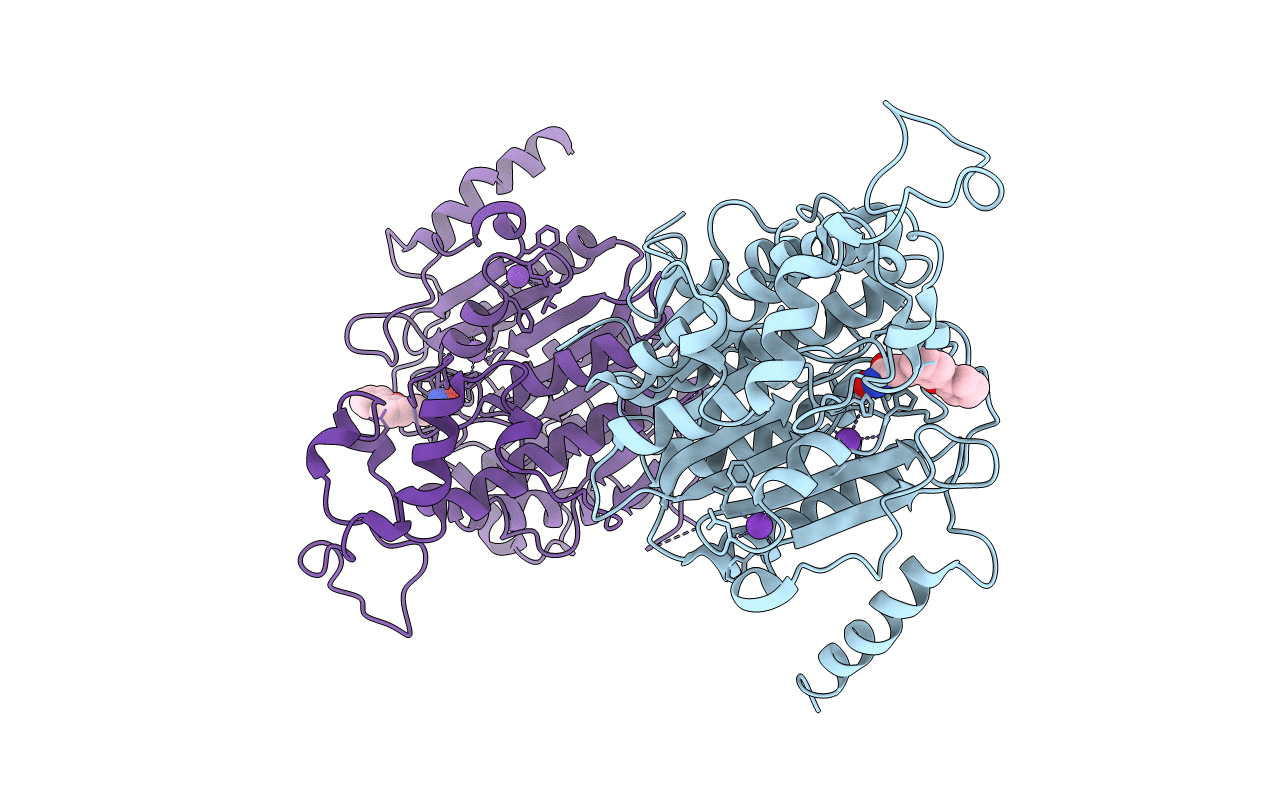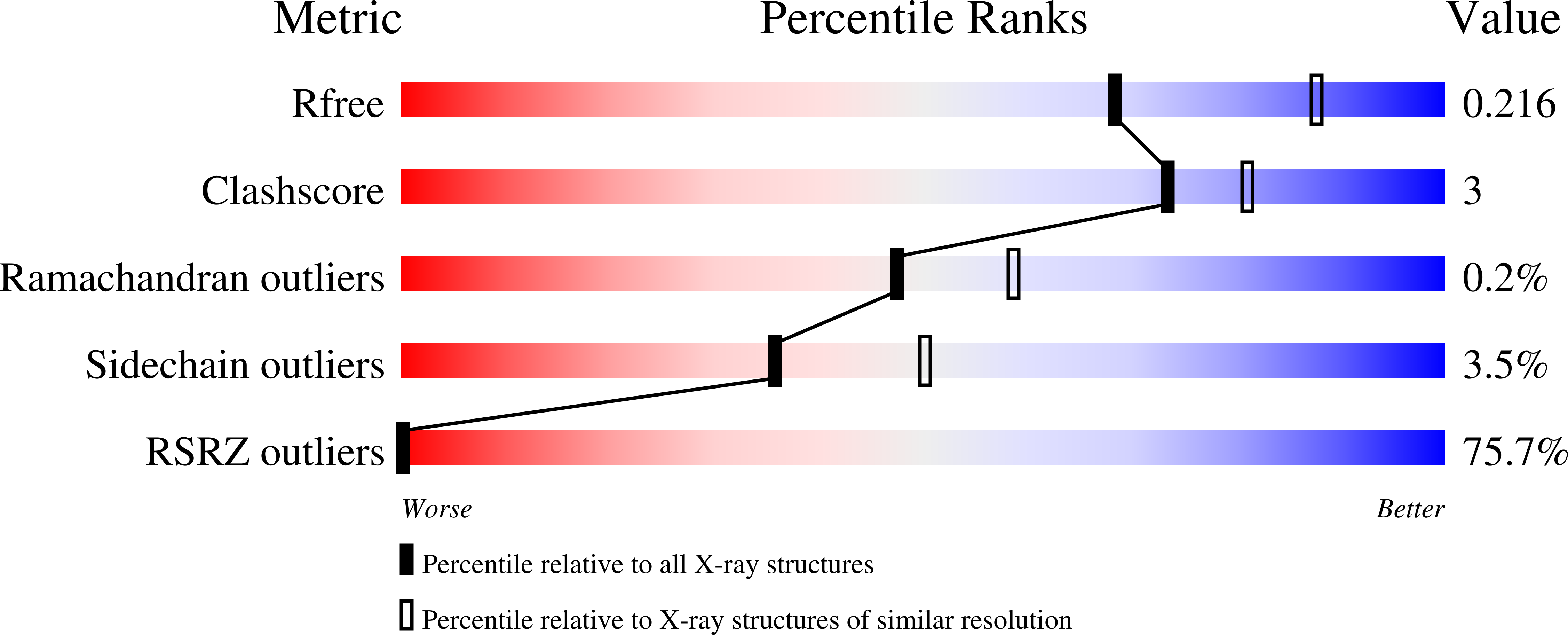
Deposition Date
2021-10-18
Release Date
2021-12-15
Last Version Date
2024-01-31
Entry Detail
PDB ID:
7Q1C
Keywords:
Title:
Crystal structure of Trypanosoma cruzi histone deacetylase DAC2 complexed with a hydroxamate inhibitor
Biological Source:
Source Organism:
Trypanosoma cruzi (Taxon ID: 5693)
Host Organism:
Method Details:
Experimental Method:
Resolution:
2.30 Å
R-Value Free:
0.22
R-Value Work:
0.19
R-Value Observed:
0.19
Space Group:
P 1 21 1


